APHG Unit 3 (Culture)- CED Aligned
0.0(0)
0.0(0)
Card Sorting
1/97
Earn XP
Description and Tags
Study Analytics
Name | Mastery | Learn | Test | Matching | Spaced |
|---|
No study sessions yet.
98 Terms
1
New cards
Acculturation
adoption of cultural traits, such as language, by one group under the influence of another (still retain original culture)
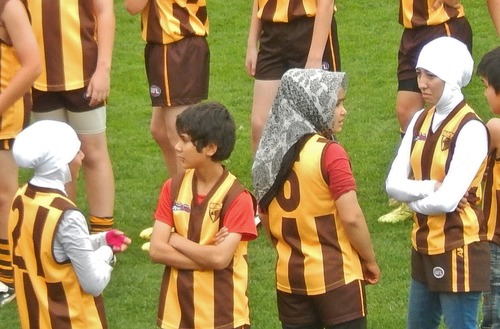
2
New cards
Assimilation
the process of a person or group losing all of the cultural traits that made them distinct from the people around them
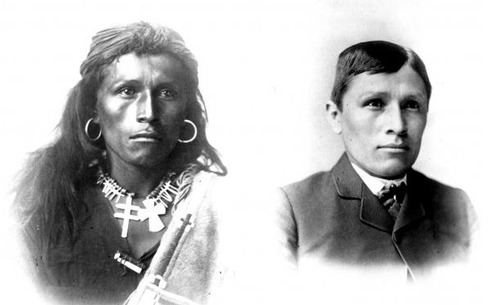
3
New cards
Religous Branch
a major division within a religion
4
New cards
Creole or creolized language
a language that began as a combination of two other languages and is spoken as the primary language of a group of people (a pidgin that has native speakers)
5
New cards
Cultural convergence
when two cultures become more similar because of frequent interactions
6
New cards
Cultural divergence
when a culture splits into different cultures because of lack of interaction
7
New cards
Cultural relativism
the idea that a person's beliefs, values, and practices should be understood based on that person's own culture, rather than be judged through the eyes of another culture (try to understand)
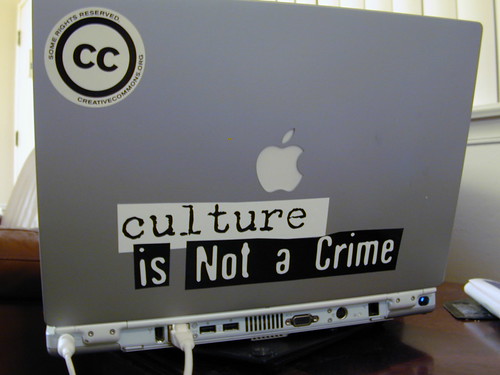
8
New cards
Custom
something that a group of people does repeatedly that becomes part of their culture (for example, bowing instead of shaking hands in Japan)
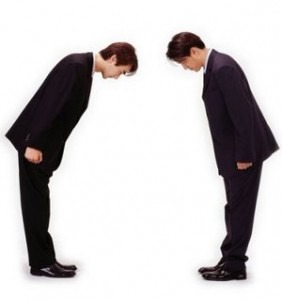
9
New cards
Dialect
different forms of the same language used by groups that have some different vocabulary and pronunciations
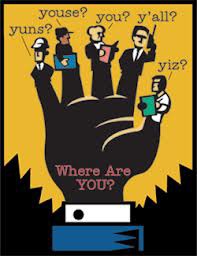
10
New cards
Ethnic (folk) culture
the cultural traditions that are generally held by a specific ethnic group, often localized in a specific area

11
New cards
Ethnocentrism
judging people or traditions based on your own cultural standards

12
New cards
Indigenous people/ communities
the original settlers of a given region, in contrast to groups that have settled the area more recently
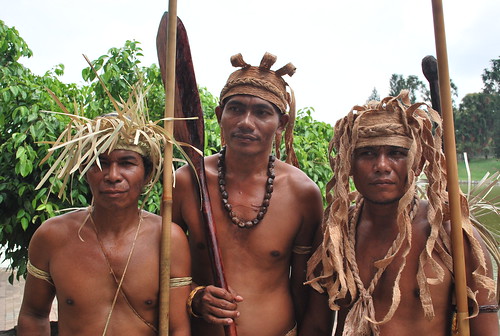
13
New cards
Language extinction
a language that is no longer spoken by anyone as their native language
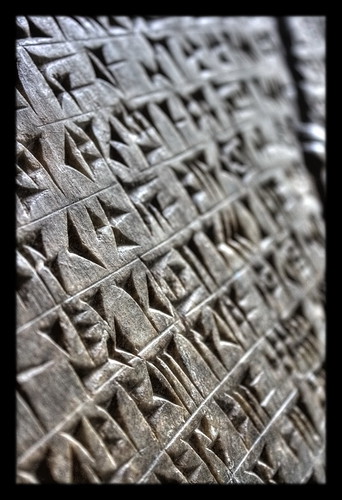
14
New cards
Multiculturalism
when various ethnic groups coexist with one another without having to sacrifice their particular identities
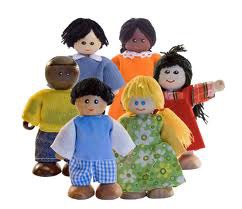
15
New cards
Secularism
a philosophy that interprets life on principles taken solely from the material world, without recourse to religion.
16
New cards
Sequent occupance
the idea that the current cultural landscape is a combination of all the societies who lived there previously and the changes each group made
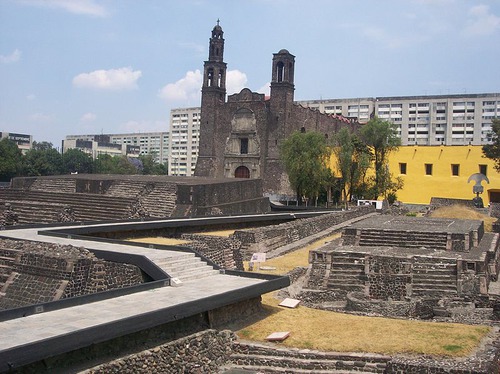
17
New cards
Sociofacts
the institutions and links between individuals and groups that unite a culture, including family structure and political, educational and religious institutions. "What a culture does"
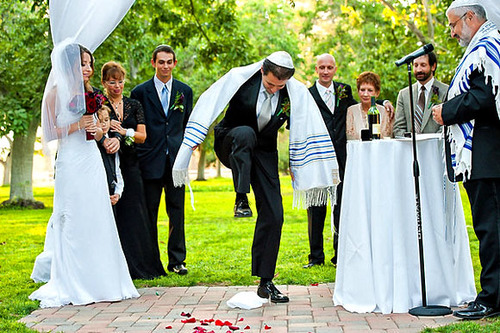
18
New cards
Syncretism
the blending traits from two different cultures to form a new trait
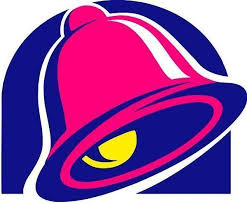
19
New cards
taboo
something that is forbidden by a culture or a religion, sometimes so forbidden that it is often not even discussed

20
New cards
Universalizing religion
a religion that attempts to appeal to all people and has a worldwide focus as opposed to a regional focus (Christianity, Islam, etc.)
21
New cards
Culture
The body of customary beliefs, social forms, and material traits that together constitute a group of people's distinct tradition.
22
New cards
Cultural Identity
Ones belief in belonging to a group or certain cultural aspect
23
New cards
local/folk culture
cultural traits such as dress modes, dwellings, customs, and institutions of usually small, traditional communities.
24
New cards
Popular culture
(mass culture) cultural traits such as dress, diet and music that identify and are part of today's changeable, urban-based, media-influenced western societies.
25
New cards
Race
the social construct that categorizes humans based on skin color and other physical characteristics; no scientific backing
26
New cards
Ethnicity
DNA and homeland affiliation or identity within a group of people bound by common ancestry and culture
27
New cards
Buddhism
The third of the world's major universalizing religions. It has 365 million adherents especially in China and Southeast Asia. It is important because a large percent of the earth's population follow Buddhism beliefs. Prince Siddartha (Buddha) had a vision while sitting under the Bodhi (awakening) tree, then founded it in the 6th c. BCE (in eastern India) against the caste system; branched off from Hinduism. They believe all life is dukkha (nothing permanent); seek to achieve nirvana (enlightenment); believe in no named deity, but do believe in god; cultural landscape contains statues of him, pagodas & shrines (often bell-shaped to protect burial mounds).
28
New cards
Christianity
a monotheistic religion centered on the life and teachings of Jesus of Nazareth as presented in the New Testament of the Bible. It is the most popular religion in the world (>1.3 billion); three denominations (branches) - orthodox (oldest), catholic (largest with the richest bureaucracy of all religions), protestant (newest); Protestant Reformation weakened the Vatican's control of Europe and gave rise to secularism in the West; landscape contains churches and cathedrals; use the most land for their dead (cemeteries).
29
New cards
Confucianism
Developed by earlier Chinese man Confucius, it's a complex system of moral, social, political, and religious thought. This is important to HG because it has affected Chinese Civilizations tremendously.
30
New cards
Ethnic Religion
A religion with a rather concentrated distribution whose principles are likely to be based on the physical characteristics of the particular location and ethnicity. Important because most religions start off as a Ethnic Religion.
31
New cards
Hajj
The pilgrimage to Mecca for Islam followers. It's the fifth of the five pillars.
32
New cards
Hinduism
Created in India, approximately one billion followers. Unlike other religions, heaven isn't always the ultimate goal in life. Third largest in world behind Christianity and Islam. Religion is inseparable from life; god (Brahman, universal soul) may be in many forms (polytheistic); karma (what goes around comes around; transferability of the soul) and reincarnation are cornerstones; caste system locks people into class levels; cultural landscape has many temples and shrines (bestow merit on the builder, should be in a comfortable place for the gods (often by water)).
33
New cards
Islam
(means the submission to the will of god (Allah)). Monotheistic religion originating with the teachings of Muhammad in Qu'ran. It is the second largest religion in the world (fastest growing due to birth rates), and has impacted the world greatly, especially boundaries (e.g., North Africa, "Middle East"). Half of the Muslims live in four countries outside the Middle East: Indonesia, Pakistan, Bangladesh, and India. The two major branches are Sunni and Shiah (Shiites believe in the infallibility of imams; are concentrated mostly in Iran and eastern Iraq); Five Pillars of Islam - 1) shahada (creed), 2) frequent prayer (toward Mecca), 3) Ramadan, alms giving, 5) hajj (pilgrimage to Mecca); Sharia law is the system of Islamic law (based on interpretation of the Qu'ran); hijab refers to the need for women to cover themselves (burkas cover women entirely except for the eyes); landscape contains mosques and minarets (for calling out prayers).
34
New cards
Judaism
It is the religion of ancient Hebrews, said to be one of the first monotheistic faiths- with it's roots in the teachings of Abraham, who is credited with uniting his people to worship only one god. According to Jewish teaching, Abraham and God have a covenant in which the followers agree to worship only one God, and God agrees to protect them, his chosen people.
35
New cards
Proselytic Religion
Referred to as a Universalizing Religion, which is an attempt to be global, to appeal to all people, wherever they may live in the world, not just to those of one culture or location. There are three religions that practice this they are Christianity, Islam, and Buddhism. To proselytize is to try to convert another person to your religion.
36
New cards
Shintoism
said to be the way of god. It is the native religion of Japan and was once its state religion, combining elements of Buddhism and local religions (a syncretic religion). It involves the worship of kami (a god). It was very popular prior to WWII, but has lost much of its dominance and importance in Japanese culture.
37
New cards
Sikhism
is a religion that began in sixteenth century Northern India . The principal belief in Sikhism is faith in Vāhigurū. Emphasizes faith in one god. Only religion to state that men and women are equal.
38
New cards
Language
a set of sounds, combination of sounds, and symbols used for communication.
39
New cards
Language hearth
the original locations of the major language families
40
New cards
Language family
group of languages with a shared but fairly distant origin (e.g., Indo-European, Sino-Tibetan,...)
41
New cards
Language group
set of languages with a relatively recent common origin and many similar characteristics (e.g., Germanic, Romance, Slavic, ...)
42
New cards
Language branch
group of languages with more commonality than a language family (indicates they have branched off more recently in history)
43
New cards
Language divergence
when a language breaks into dialects due to a lack of spatial interaction among speakers of a language, and continued isolation causes new languages to be formed.
44
New cards
Language convergence
merging of two languages into one resulting from the consistent spatial interaction of peoples with different languages.
45
New cards
Lingua franca
a common language used among speakers of different languages for the purposes of trade and commerce; Swahili in Africa, Arabic in Middle East, etc. Lingua franca around the world is English
46
New cards
Pidgin
when parts of two or more languages are combined in simplified structure and vocabulary (ex. Spanish)
47
New cards
Creole (and creolization)
a language that began as a pidgin language but was later adopted as the mother tongue of a region and/or people.
48
New cards
Logogram or Ideogram
a written symbol that represents an idea or object directly rather than a particular word or speech sound, as a Chinese character
49
New cards
Isolated language
A language that is unrelated to any other languages and therefore not attached to any language family.
50
New cards
Official Language
The language adopted for use by the government for the conduct of business and publication of documents.
51
New cards
Extinct Language
language without any native speakers
52
New cards
Religion
the faithfulness to codified beliefs and rituals that generally involve a faith in a spiritual nature.
53
New cards
Fundamentalism
literal interpretation and strict adherence to a set of basic principles (usually religious; many can take these beliefs to an extreme and even violent level.
54
New cards
Monotheistic religion
Belief system in which one supreme being is revered as creator and arbiter of all that exists in the universe
55
New cards
Polytheistic religions
Belief system in which multiple deities are revered as creators and arbiters of all that exists in the universe
56
New cards
Reincarnation
is that after this life you will come back in another life either as a plant, animal, or a human life. So basically what you do in this life will affect what your next life is like. This is commonly practiced by the Buddhists and the Hindus.
57
New cards
Religious architectural styles
These are the styles of architecture created by the religions. For example, Christians have always made temples, and Buddhists have always made a lot of religious statues.
58
New cards
Religious Culture Hearth
where most religions are born. Most major religions have come from the Middle East near Israel, but a few from India too.
59
New cards
Sacred space
place or space people infuse with religious meaning; Ex) Jerusalem - Christianity (Church of the Holy Sepulchre), Judaism (Western Wall), and Islam (Dome of the Rock); Catholicism - The Vatican; Islam - Mecca, Medina; Hinduism - Varanasi & The Ganges River
60
New cards
Sharia law
It is the legal framework within which public and some private aspects of life are regulated for those living in a legal system based on Muslim principles.
61
New cards
Syncretic religion
separate religions that combine into a new religion; often borrow from the pat and the present.
62
New cards
Mormonism
a term used to describe religious, ideological, and cultural aspects of the various denominations of the Latter Day Saint movement. It is practiced around the world, but is concentrated in Utah
63
New cards
Daoism/Taoism
-religion founded by Lao-Tsu focused on proper political rule and on the oneness of humanity and nature-
64
New cards
Sunni
adherents of the largest branch of Islam, called orthodox or traditionalist
65
New cards
Shi'ite (Shia)
adherents of one of the two main divisions of Islam. They represent the Persian (Iranian) variation of Islam. They believe in the INFALLIBILITY and divine right to authority of the IMAMS.
66
New cards
Eastern Orthodox
One of three major branches of Christianity that, together with the Roman Catholic Church, arose out of the division of the Roman empire
67
New cards
Protestant
One of three major branches of Christianity. Following widespread societal changes in Europe starting in the 1300s CE, many adherents to the Roman Catholic Church began to question the role of religion in their lives and opened the door to the Reformation wherein John Huss, Martin Luther, John Calvin and others CHALLENGED MANY OF THE FUNDAMENTAL TEACHINGS OF THE ROMAN CATHOLIC CHURCH
68
New cards
Roman Catholic
one of the three major branches of Christianity that, together with the Eastern Orthodox Church, arose out of the division of the Roman Empire
69
New cards
Theocracy
A government controlled by religious leaders
70
New cards
Cosmogony
A set of religious beliefs concerning the origin of the universe.
71
New cards
Agnostic
one who believes that the existence of a god can be neither proven nor disproven
72
New cards
Atheist
a person who believes there is no god
73
New cards
Animism
The belief that bodies of water, animals, trees, and other natural objects have spirits
74
New cards
Denomination
A division of a branch that unites a number of local congregations in a single legal and administrative body.
75
New cards
Material Culture
The art, housing, clothing, sports, dances, foods, and other similar items constructed or created by a group of people.
76
New cards
Nonmaterial Culture
The beliefs, practices, aesthics, and values of a group of people
77
New cards
Traditional or Folk Architecture
architecture that comes from the collective memory of groups of traditional people. These buildings are based not on blueprints but on mental images that change little form one generation to the next and use locally available raw materials
78
New cards
Cultural Diffusion
The expansion and adoption of a cultural element, from its place of origin to a wider area.
79
New cards
Culture Trait
A single element of normal practice in a culture, such as the wearing of a turban.
80
New cards
Culture Realms
A collective of culture regions sharing related culture systems; a major world area having sufficient distinctiveness to be perceived as set apart from other realms in terms of cultural characteristics and complexes.
81
New cards
Cultural Hearth
The geographic origins or sources of innovations, ideas, or ideologies. Heartland, source area, innovation center, place of origin of a major culture
82
New cards
Cultural Landscape
The visible imprint of human activity and culture on the landscape. The layers of buildings, forms, and artifacts sequentially imprinted on the landscape by the activities of various human occupants.
83
New cards
Habit
A repetitive act performed by a particular individual.
84
New cards
Built Environment
the part of the physical landscape that represent material culture; the buildings, roads, bridges, and similar structures large and small of the cultural landscape
85
New cards
Cultural Ecology
Geographic approach that emphasizes human-environment relationships.
86
New cards
Mentifact
Nonmaterial parts of a culture such as language, religion, artistic pursuits, folk stories, myths, etc.
87
New cards
artifact
an object made by a human being, typically an item of cultural or historical interest.
88
New cards
Modernist Architecture
Modern architecture stresses simplicity. Buildings can either have an organic sculptural quality or a rigid geometry as seen in the "glass box" skyscraper of the International Style.
89
New cards
Postmodern Architecture
A reaction in architectural design to the feeling of sterile alienation that many people get from modern architecture. Postmodernism uses older, historical styles and a sense of lightheartedness and eclecticism. Buildings combine pleasant-looking forms and playful colors to convey new ideas and to create spaces that are more people-friendly than their modernist predecessors.
90
New cards
Diaspora
A dispersion of people from their homeland
91
New cards
sense of place
The feeling that an area has a distinct and meaningful character
92
New cards
Placemaking
The deliberate shaping of an environment to facilitate social interaction and improve a community's quality of life.
93
New cards
relocation diffusion
The spread of a feature or trend through bodily movement of people from one place to another.
94
New cards
Expansion Diffusion
the spread of a feature from one place to another in a snowballing process
95
New cards
Contagious Diffusion
The rapid, widespread diffusion of a feature or trend throughout a population.
96
New cards
Hierarchical Diffusion
The spread of an idea from persons or nodes of authority or power to other persons or places
97
New cards
Stimulus Diffusion
The spread of an underlying principle, even though a specific characteristic is rejected.
98
New cards
Time-space convergence
through processes such as globalization time is accelerated and the significance of space is reduced